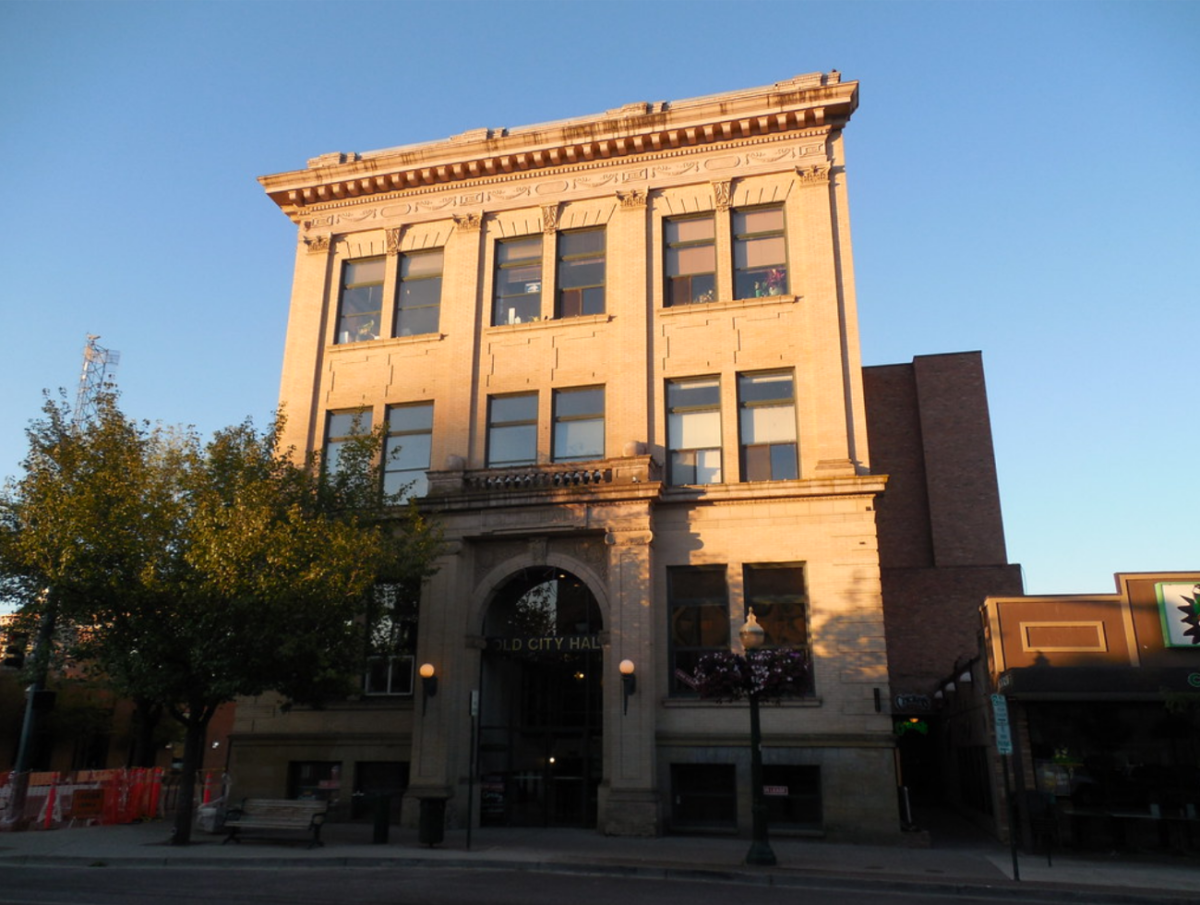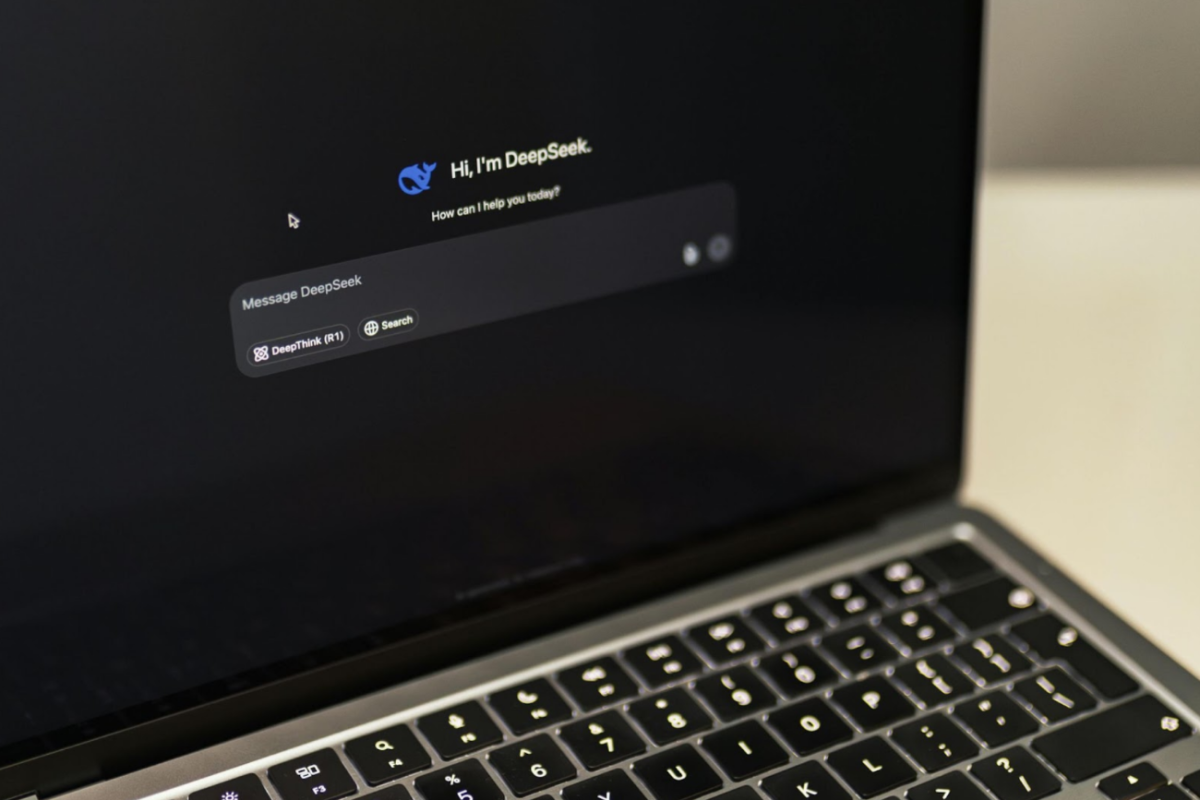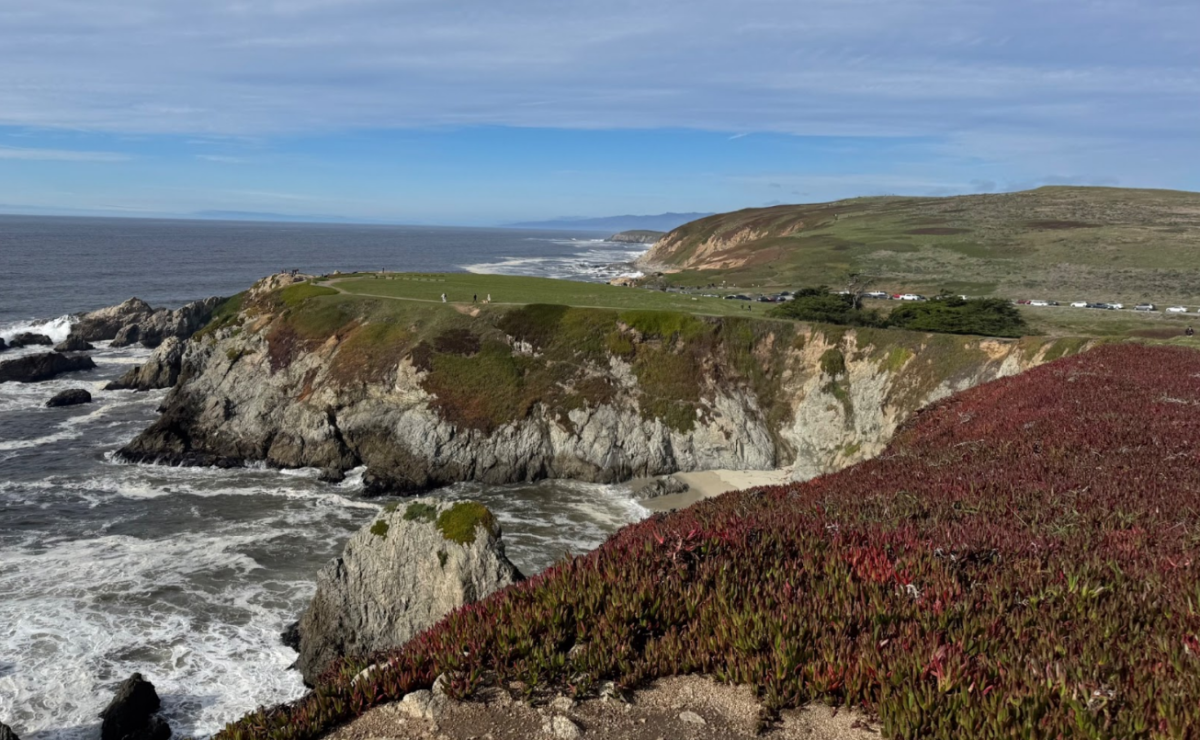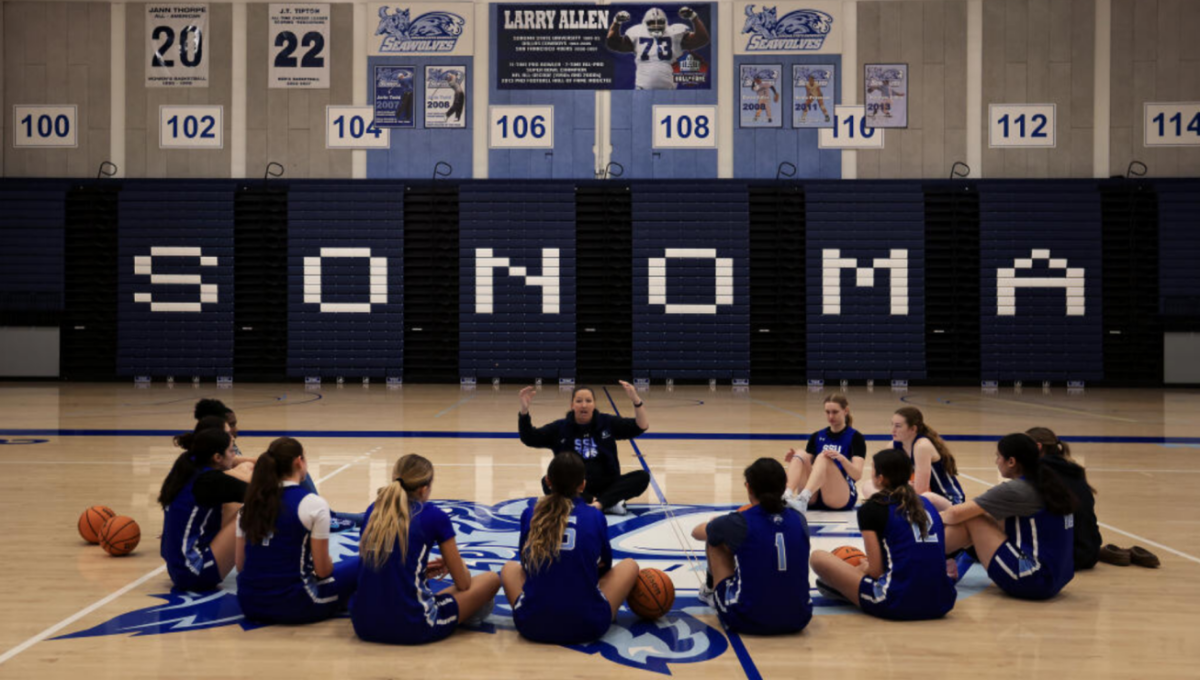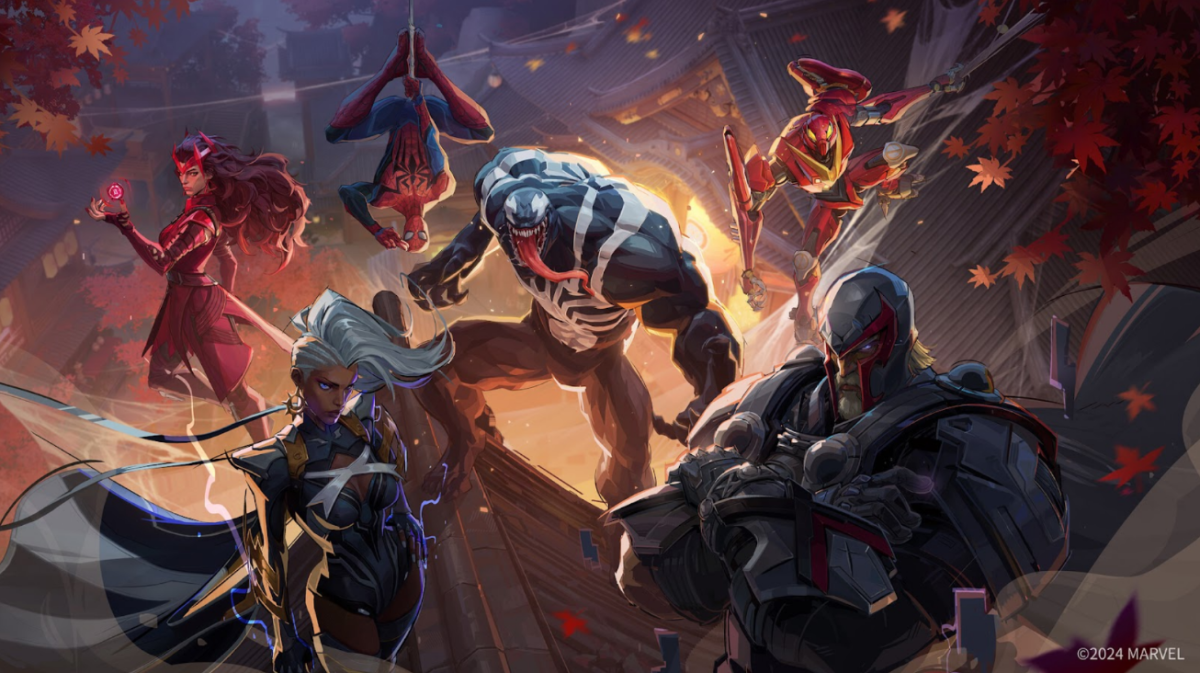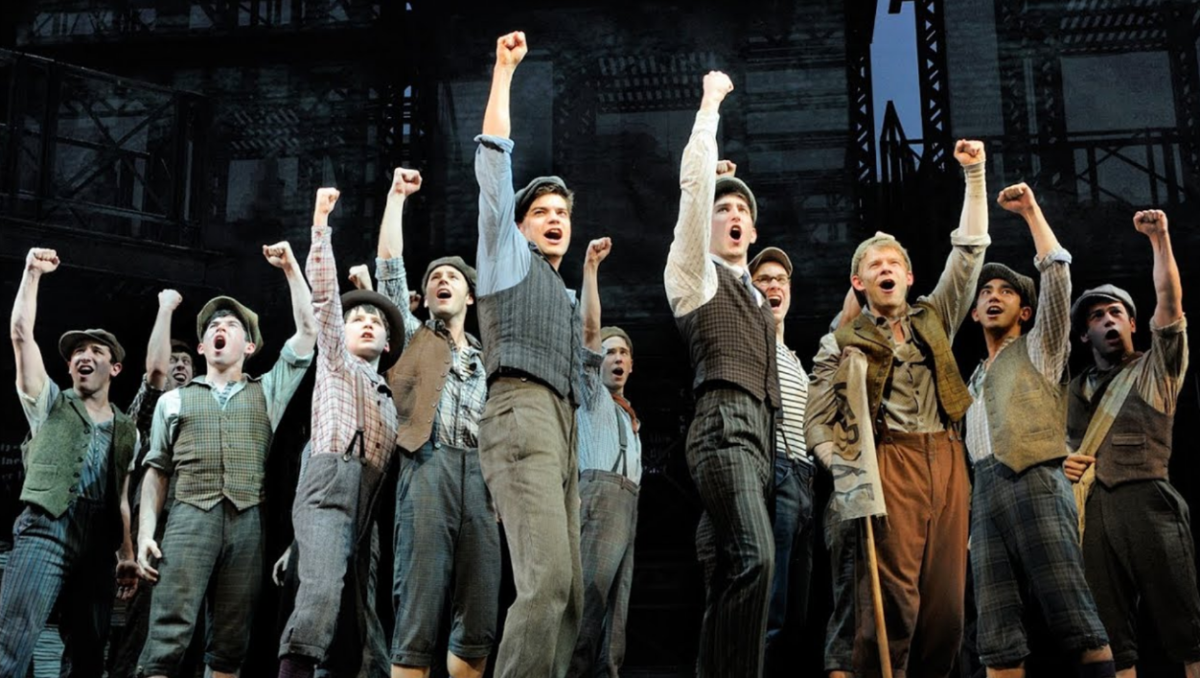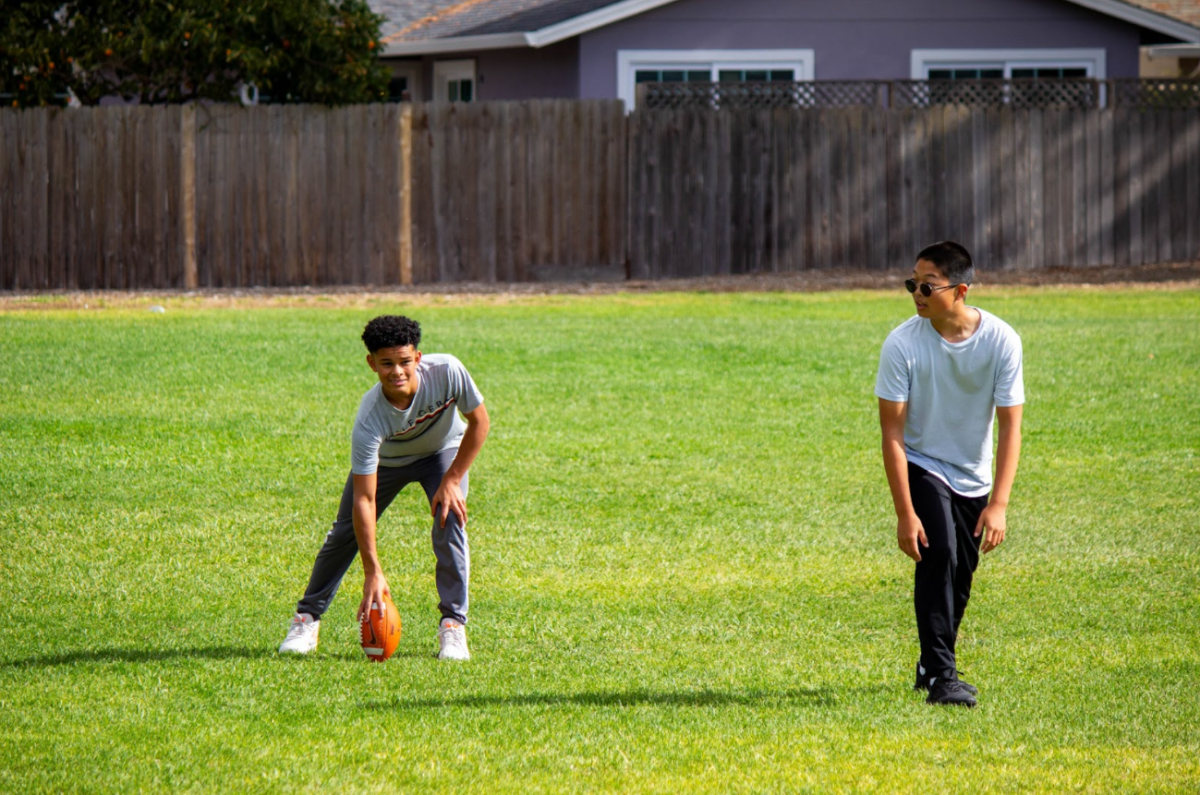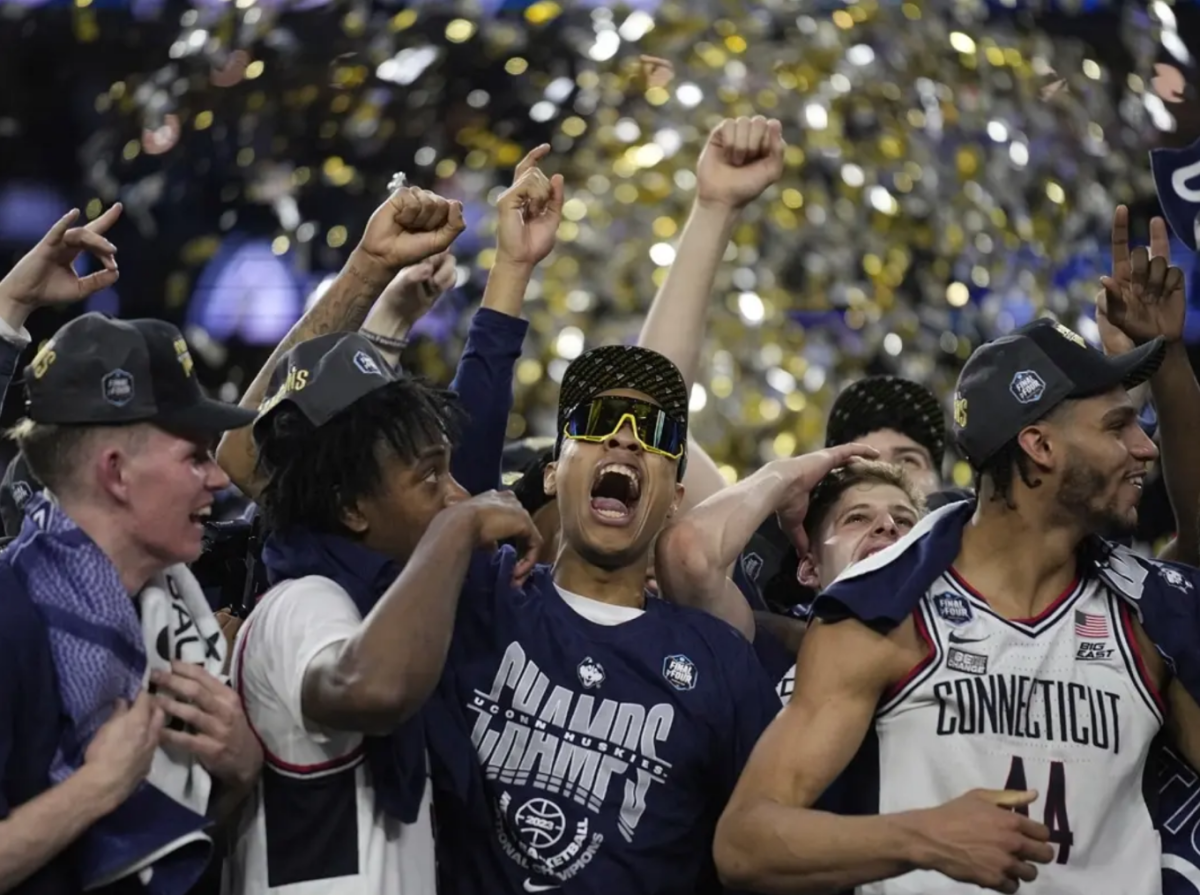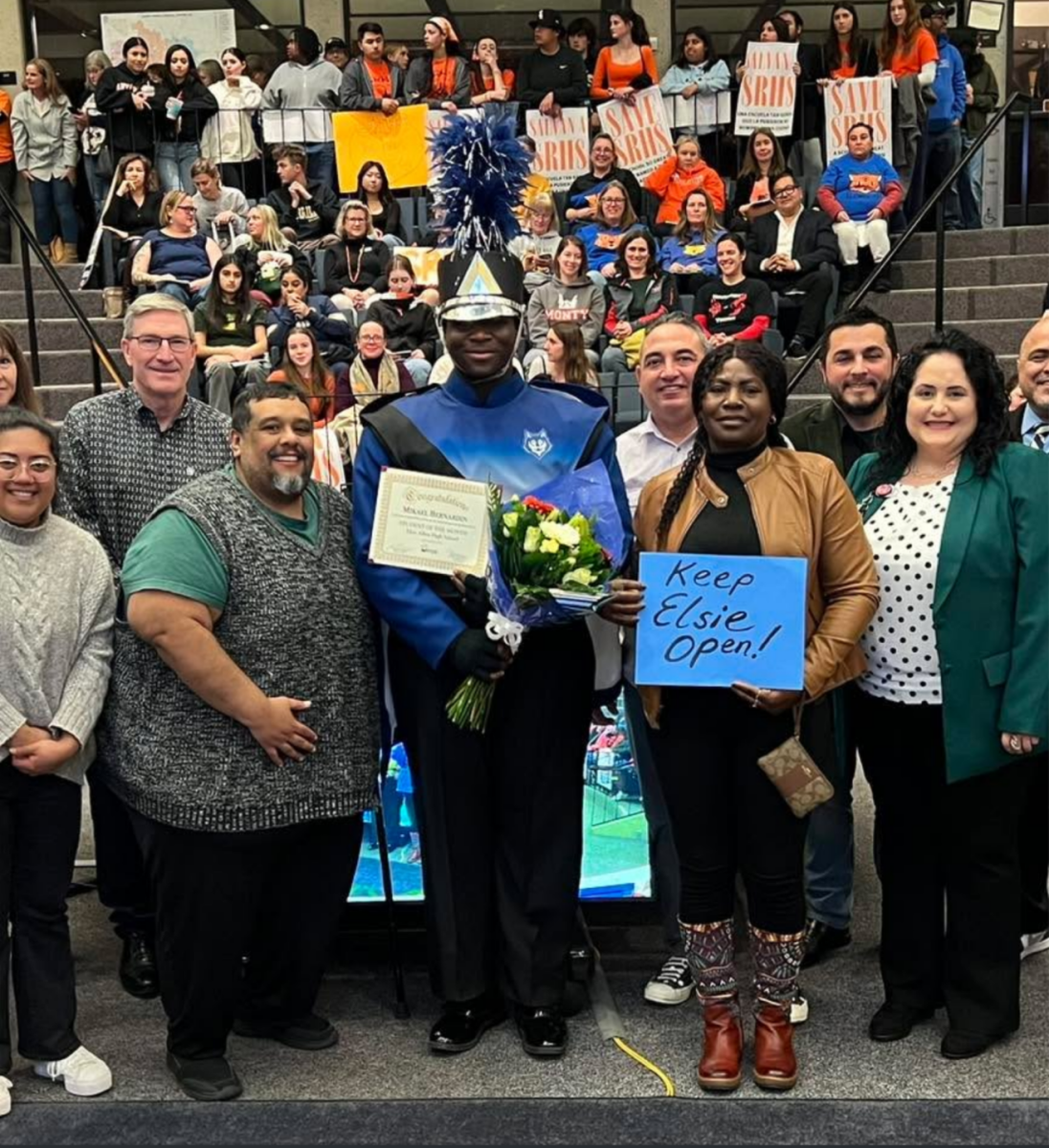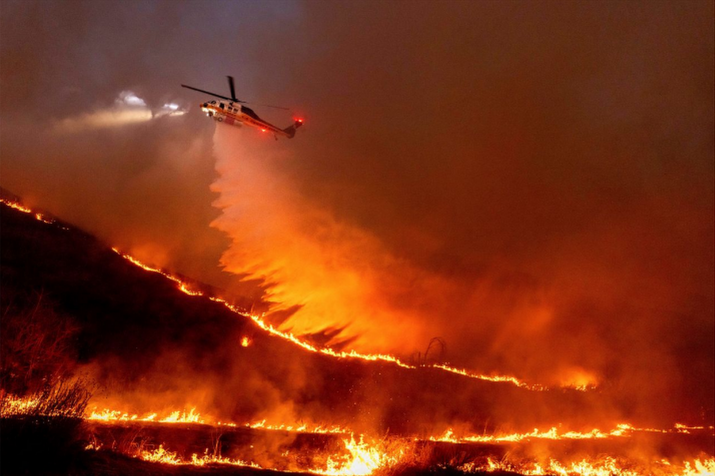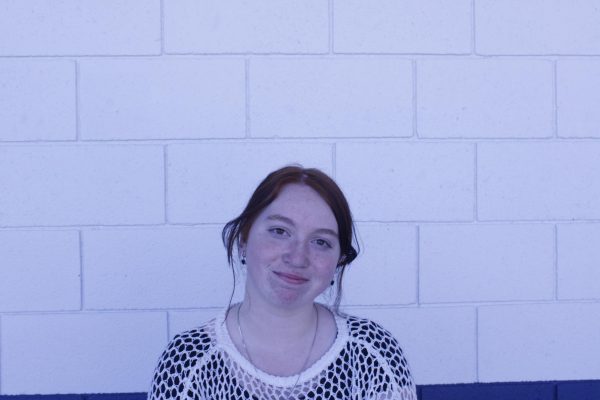The art of murals and graffiti has been popular for a long time, but it hasn’t always been the most accepted medium out there. While there are some key differences between the two, many group them together due to the fact that both are public displays of creativity. Graffiti gained attention in the 1960s as a public piece of art usually done without permission. Back then, the most common form of graffiti was “tags.” Tags are a quickly drawn design painted in an easily accessible spot. Over time, graffiti has changed to become more detailed and artistic: “throw-ups” and “wildstyle,” much more intricate and time-consuming pieces, became popular forms of graffiti. It’s these types of graffiti that are usually confused with murals.
Murals are usually commissioned by the owner of whatever surface the artwork is on, or are sometimes drawn by the owner themselves. They are commonly large-scale and more sanctioned than graffiti is.
While there are clear differences between the two forms of public art, there’s still a lot of debate on what should be kept up for people to view and what should be painted over. Some may argue that a painting done on a wall may seem like a mural, but in reality was done without permission, making it technically graffiti. Others may say that a wildstyle piece may look like graffiti, but was actually commissioned, and therefore is a mural. People may also argue that the type of art doesn’t matter, and that neither, or both, should be displayed in public.

Art pieces like “Magnificent” and “Women in Science” in Petaluma were all approved by the Petaluma Public Art Committee (PPCA), making them murals and not graffiti. They each have their own meaning and purpose in the community.
The “Women in Science” mural at the Petaluma Regional Library was made by Emma Chen and Teresa Liang in 2021, with the goal of bringing attention to influential women in STEM and raising awareness on the lack of diversity in the STEM workforce. The mural depicts 10 women who made a large difference in the STEM field.
The “Magnificent” mural is meant to symbolize the strength and resilience of the town. The colors and design bring beauty and vibrancy to the surrounding area, inviting locals and visitors to enjoy the scenery around them. The artists, Magdalena Gross (also known as Lady Mags) and Amandalynn, had the project approved in 2019 and finished the piece in February 2022. The two artists worked together on many similar projects in places like Oakland and San Francisco, and both have made murals around the world. Amandalynn is known for depictions of beauty in mankind, while Gross uses abstract details in her work. Together they incorporate their personal techniques into their work and combine the beauty of both styles to create art like the “Magnificent” mural.
Murals, graffiti, and other forms of public art can be extremely beneficial to the community. They can help the artist express themselves and connect with their community, and can help make individuals feel like they belong. The art forms bring color and beauty to neighborhoods, and can draw attention to a business and get them new customers. However, while many see the good in these creations, there will always be people who don’t want the pieces on display.
It’s likely that these art installations will always be a source of disagreement among some, whether that be because of the misunderstanding between murals and graffiti, disagreement with the message of the art, or something else entirely. Public art forms are an important part of culture everywhere, and the Petaluma murals are a perfect example of this.


